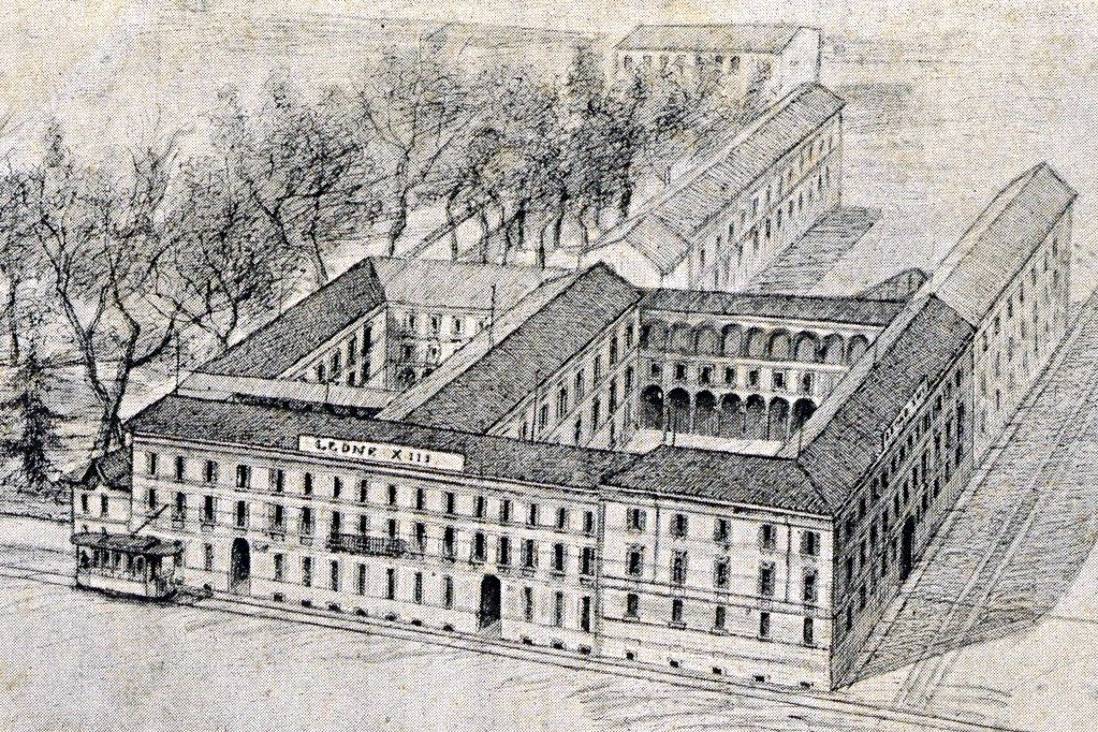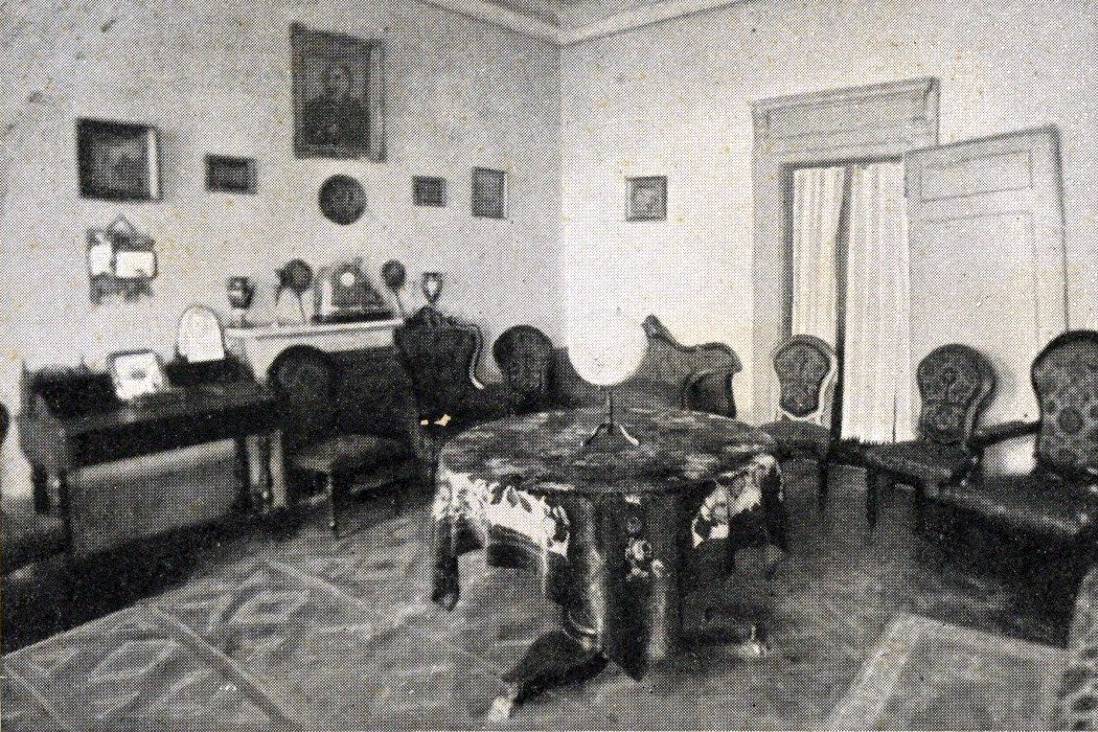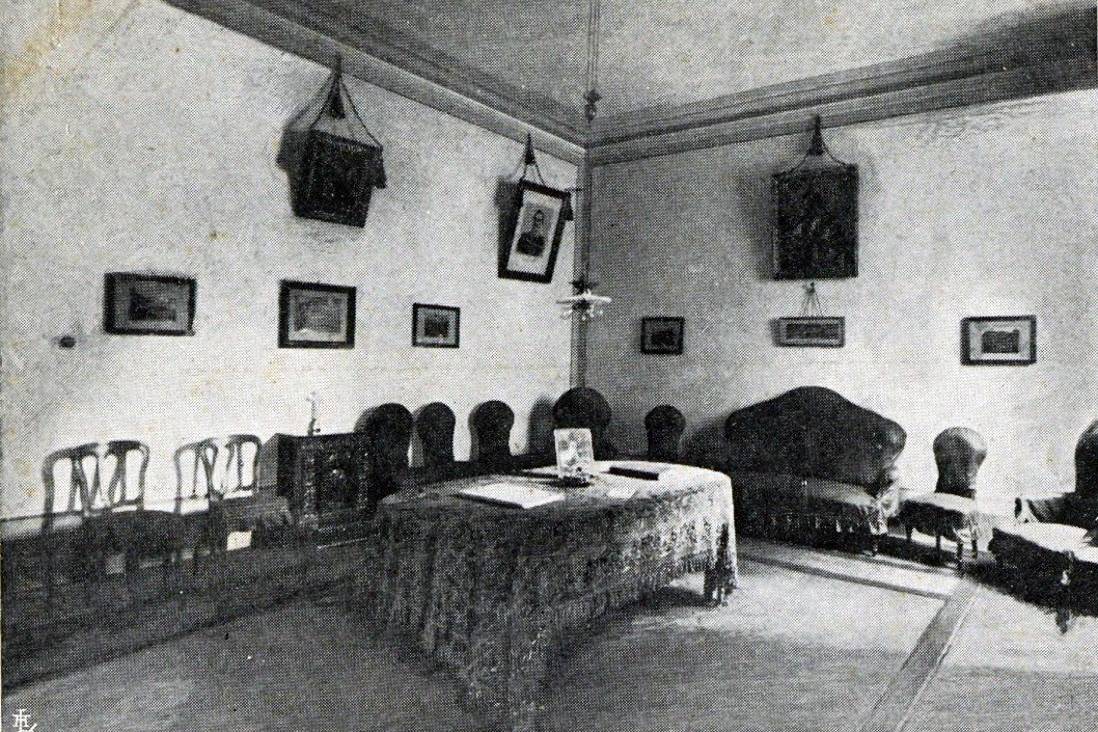Jesuit boarding schools, residences and buildings that don’t exist anymore
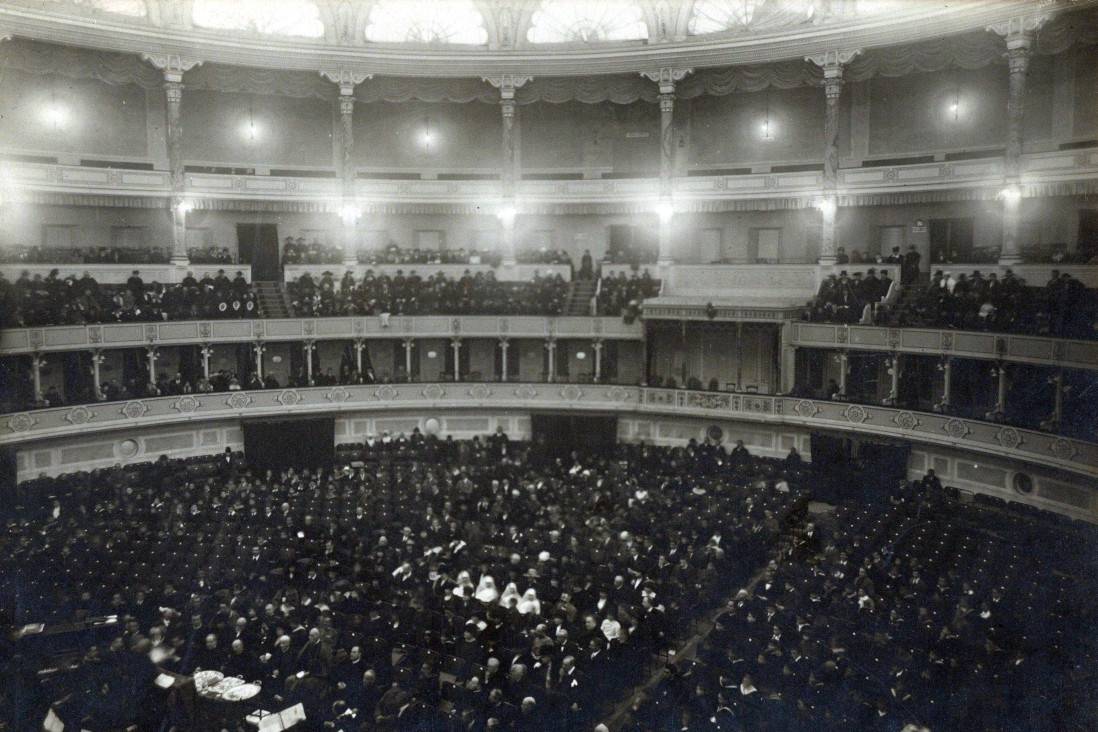
There are buildings of residences and colleges of the Society of Jesus that survive only in photographs, because they were demolished, bombed during a war, or destroyed to make way for other constructions. Some of these places that have disappeared from our cities and collective memory still exist in the papers of our archive.

The Correa theatre then Augusteo in Rome
One of these is the Correa theatre, also known as the ‘Theatre of Augustus’. Despite not being a college or residence, it was somehow connected to the Society of Jesus. Pulled down in 1937 to allow the excavation and recovery of the Domus Aurea of Augustus, the theatre stood behind the Ara Pacis.
We can still admire the interior of the theatre and some of the events that took place in it thanks to the photographs in the photo series of the Massimiliano Massimo Institute. In fact, the college has, on several occasions, chosen the Augusteo theatre for some of the award ceremonies immortalised in the photographs. The cover image of today’s episode shows us the great theatre during an award ceremony of the Massimo students.
Villa Peretti, the first Massimo Institute
We have already dedicated some of the column’s insights into the history of the Massimiliano Massimo Institute in the past. Its first location is no longer there today; it was the 16th-century Villa Peretti, named after its first owner Felice Peretti, who ascended to the papal throne under the name of Sixtus V.
The Villa was demolished during the 1880s to enlarge the area in front of Termini Station. It stood in today’s Piazza dei Cinquecento, where the bus terminal now stands. Fr Massimiliano Massimo had another building constructed in the gardens of the Villa which was to become the second location of the school. When the school moved to the EUR premises in 1960, the building was sold and now houses the Archaeological Museum of Rome, keeping the name ‘Palazzo Massimo alle Terme’.
We have no photos of Villa Peretti, but several images from lithographs exist.

Villa Melecrinis in Naples
For the next property, we move to Naples, in the Vomero district. If we could travel back in time to the early 20th century, the Vomero would appear to us as a lush, green hillside and we would see Villa Melecrinis.
The result of a gift from the family of the same name, from which Father Melecrins came, the building has housed the novitiate of the Neapolitan Province since the 1880s, when the Province was able to reorganise itself after the forfeiture of property suffered during the National Unification.
The novitiate was then transferred to the De Geronimo Castle in Vico Equense in 1935. If we go to Via della Cerra no. 2 today, we will find nothing more of Villa Melecrinis, demolished during the 1950s. The villa is visible in the images preserved in the photographic series of the Neapolitan Province.
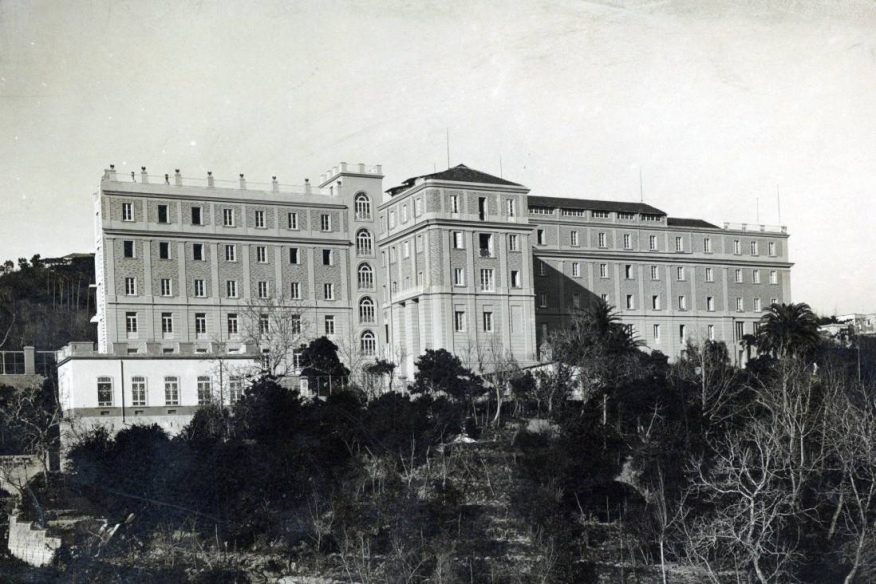
La Conocchia
Let us remain in Naples, moving to another area of the city to talk about the college of the ‘Conocchia’.
It cannot be considered a vanished place, the imposing building still exists, it is no longer owned by the Compagnia and is in total abandonment, surrounded by uncultivated vegetation in which it is completely immersed. Instead, it is located not far from the ‘Materdei’ stop of the Naples metro.
Here many Jesuits of the Neapolitan Province taught in the ‘Collegio Pontano alla Conocchia’, which was open from the 1880s until the 1960s, only to be sold twenty years later.
The photographs kept in the archives portray the life that animated the college: the groups of students, the theatre performances, the daily routine of classes. The photograph we have chosen comes from the collection of Fr Corradino, a teacher at the Conocchia for several years.
The first location of Istituto Leone XIII
We conclude today’s episode in northern Italy, in Milan. The building where about a thousand students study today is not the building that has always housed the Leo XIII. It is in fact a modern building. The original building was unfortunately destroyed during the Second World War, due to a bombing on 11 September 1944, recorded in the house diaries of the residences of the Veneto-Milan Province.
Maria Macchi
